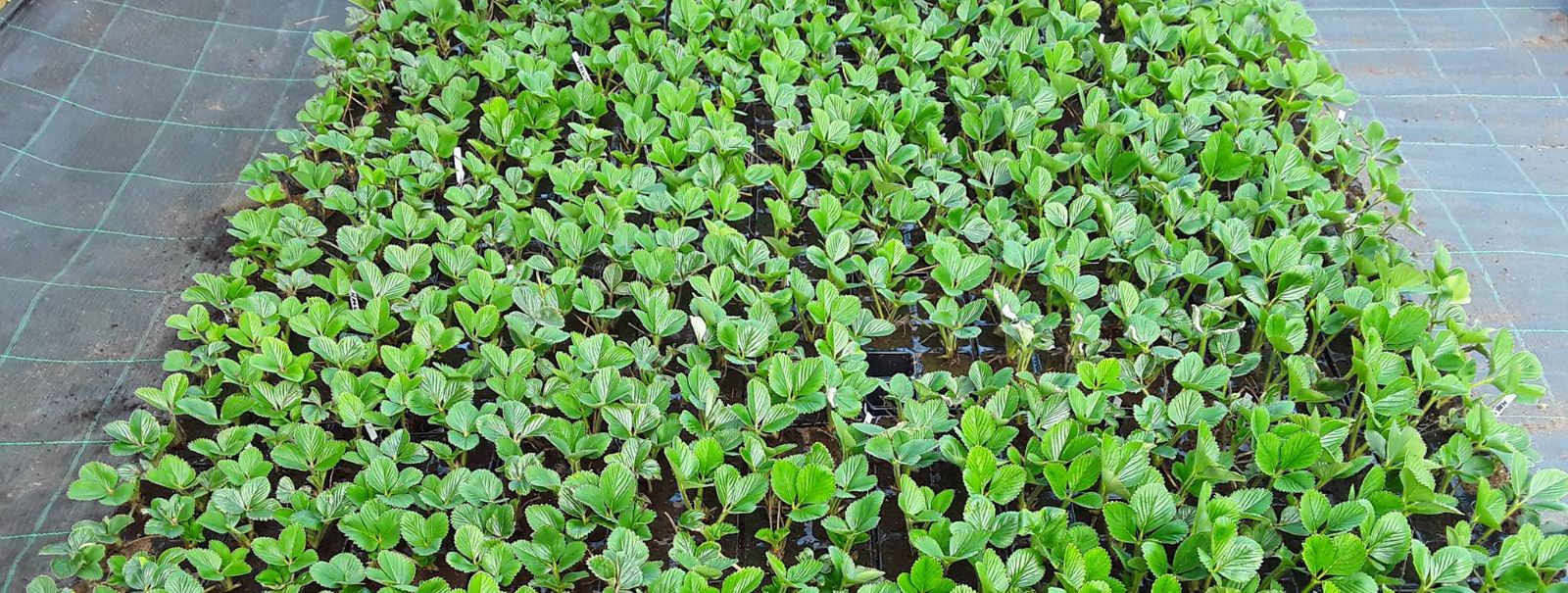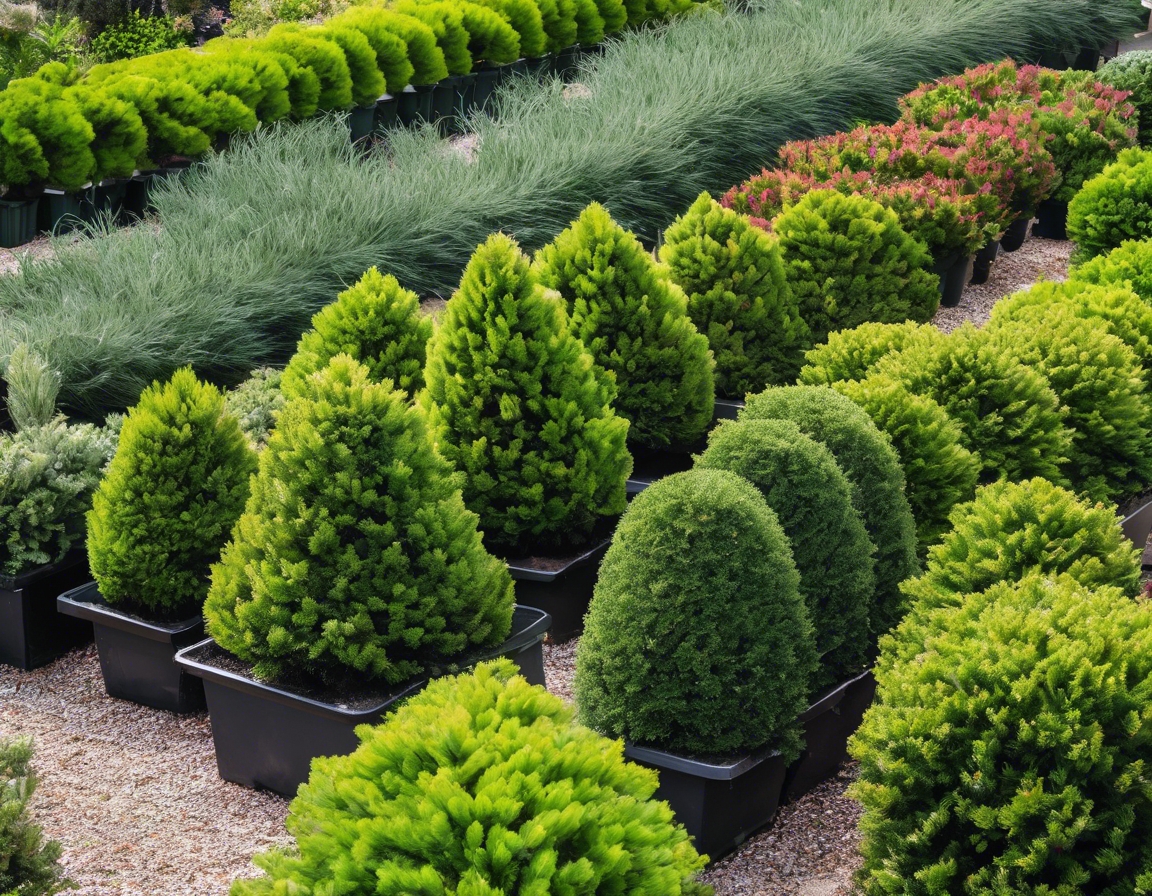How to care for your berry bushes
Berry bushes are a delightful addition to any garden, offering both aesthetic beauty and delicious, nutritious fruits. Whether you're growing blueberries, raspberries, blackberries, or strawberries, understanding how to properly care for these plants is essential for a bountiful harvest. This guide will walk you through the essential steps to ensure your berry bushes thrive.
Choosing the Right Location
Most berry bushes require full sun to produce the best fruit. Aim for a location that receives at least 6-8 hours of direct sunlight each day. This will help the plants develop strong, healthy growth and maximize fruit production.
Ensure there is enough space between each bush to allow for proper air circulation, which helps prevent disease. Typically, berry bushes should be spaced 3-5 feet apart, depending on the variety.
Soil Preparation and Planting
Berries prefer well-drained, loamy soil with a slightly acidic pH between 5.5 and 6.5. Conduct a soil test to determine the pH and amend the soil with organic matter or sulfur if necessary to achieve the desired acidity.
Plant berry bushes in early spring or late fall. Dig a hole twice as wide and as deep as the root ball. Place the bush in the hole, ensuring the crown is level with the soil surface, and backfill with soil. Water thoroughly after planting.
Watering and Fertilizing
Berry bushes need consistent moisture, especially during fruiting. Water deeply once a week, providing about 1-2 inches of water. Mulching around the base can help retain moisture and suppress weeds.
Apply a balanced fertilizer in early spring as new growth begins. Avoid over-fertilizing, as this can lead to excessive foliage growth at the expense of fruit production. Follow the manufacturer's instructions for application rates.
Pruning and Maintenance
Pruning is crucial for maintaining healthy berry bushes. Remove dead or diseased wood annually and thin out crowded branches to improve air circulation. For raspberries and blackberries, prune canes that have already fruited to encourage new growth.
Regularly inspect your berry bushes for signs of stress or disease. Keep the area around the bushes free of weeds and debris to minimize competition for nutrients and reduce the risk of pests.
Pest and Disease Management
Watch for common pests such as aphids, spider mites, and Japanese beetles. Use organic insecticides or introduce beneficial insects like ladybugs to control pest populations naturally.
Prevent diseases like powdery mildew and root rot by ensuring proper spacing, adequate sunlight, and good drainage. Remove and destroy any infected plant material promptly.
Harvesting and Storing Berries
Harvest berries when they are fully ripe and have reached their full color. Gently pick them to avoid bruising, and handle them with care to maintain their quality.
Store freshly picked berries in a cool, dry place. Refrigerate them if you plan to keep them for more than a day or two. For long-term storage, consider freezing or making preserves.
Seasonal Care Tips
Focus on watering, fertilizing, and monitoring for pests and diseases. Prune as needed to maintain plant health and encourage fruit production.
Prepare your berry bushes for winter by applying a layer of mulch to protect the roots from freezing temperatures. Prune any dead or damaged branches and clean up fallen leaves and debris.






Comments (0)